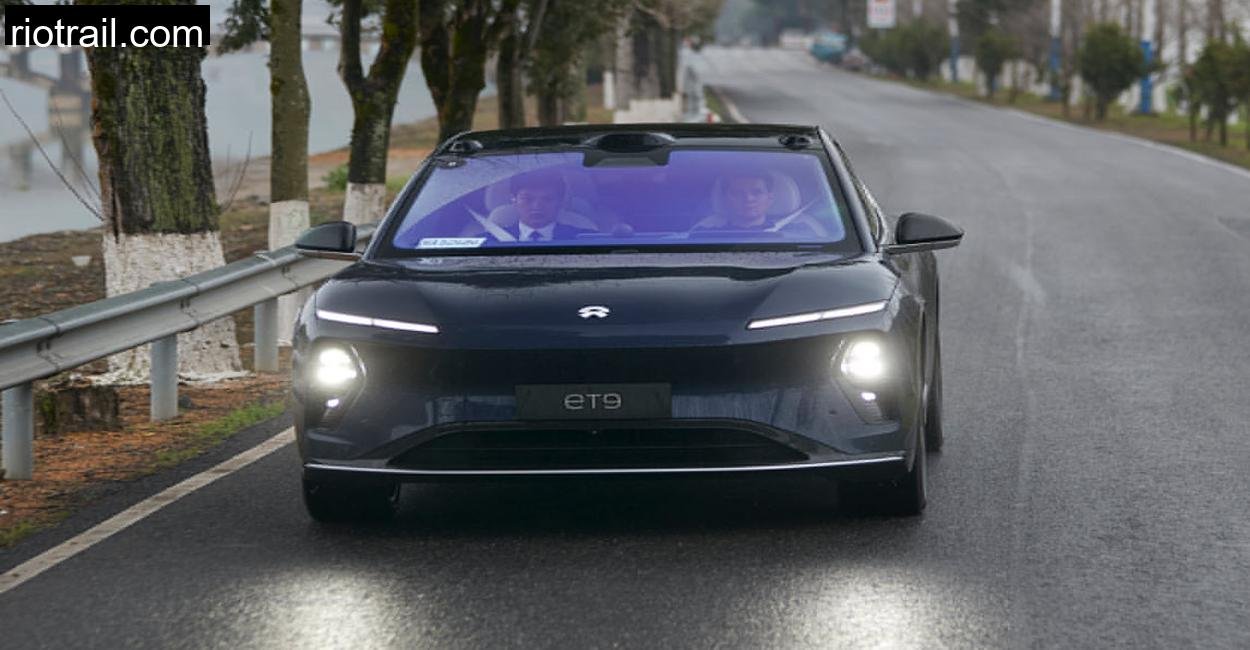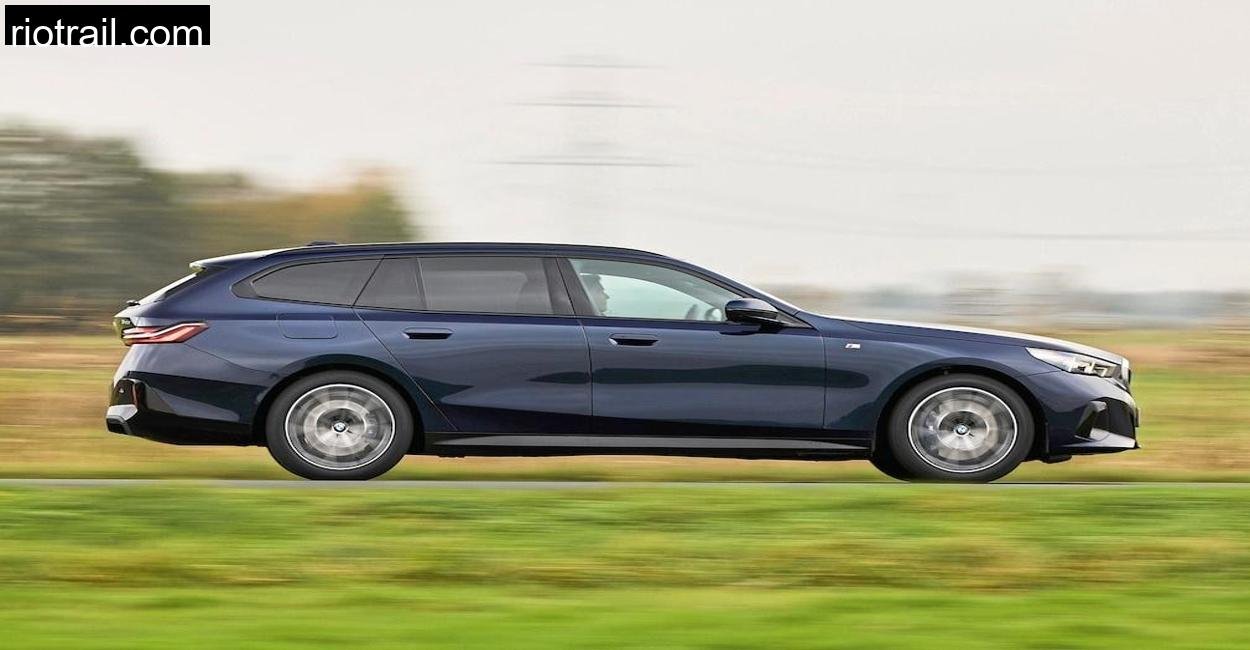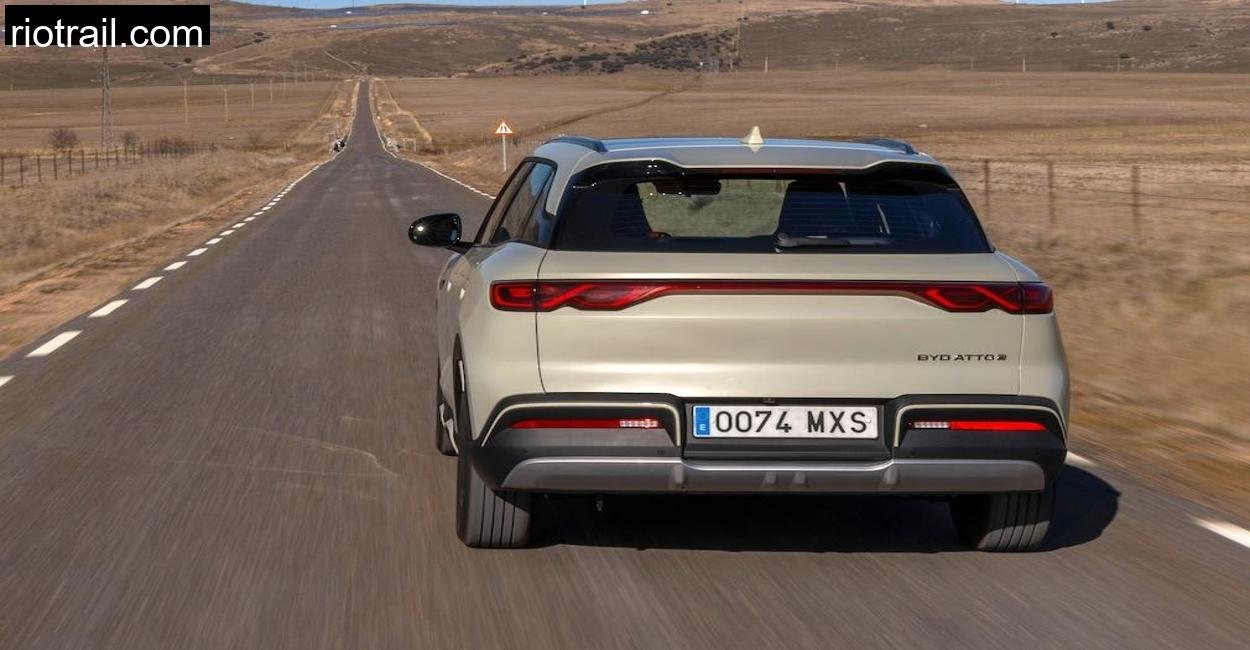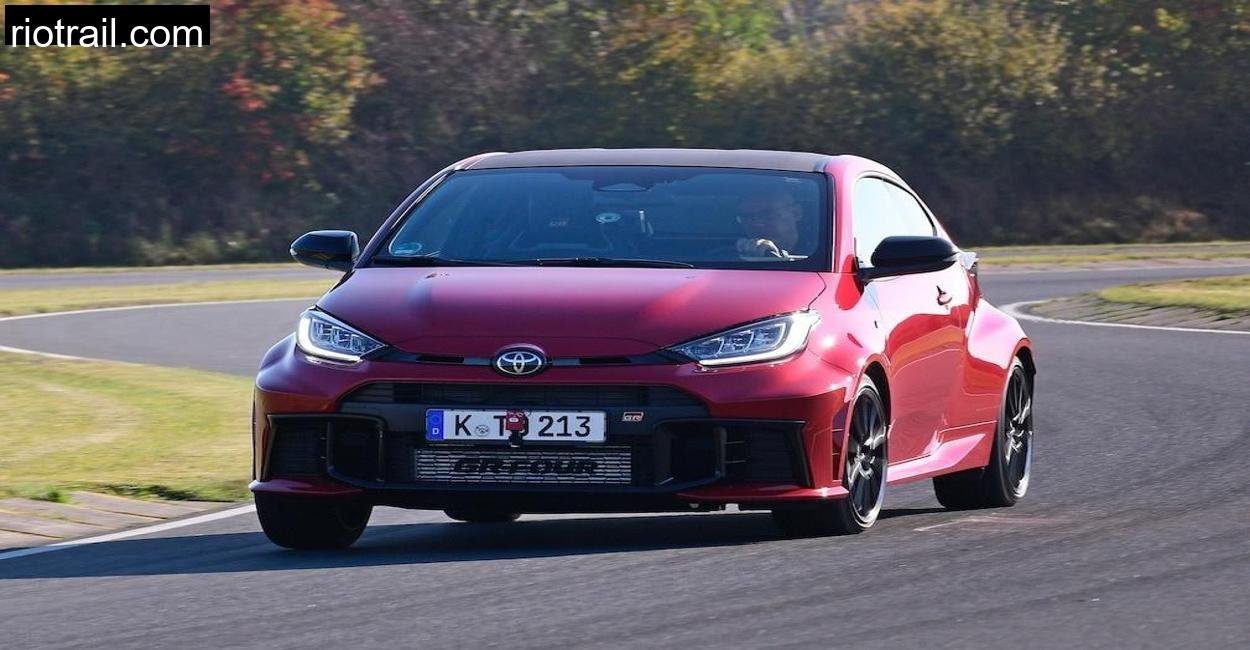I’ll admit it: when I first heard that the new Mercedes G 500 had traded its bellowing V8 for a mere six-cylinder with some electric help, I winced. The G-Class, that iconic slab-sided German off-roader, is all about presence. It’s about that deep rumble as much as it is about military roots or mountain-goat capabilities.
So naturally, when the opportunity came to test this very car, the latest W 465 series G 500,on Germany’s rugged Beckum Hill, I was both curious and skeptical. Beckum Hill, nestled in the Münsterland region, isn’t an alpine peak but offers a fine mix of loose gravel, muddy ruts, and narrow forest trails, a perfect natural proving ground. The G-Wagen’s tall stance and off-road hardware should feel right at home here, but the new six-cylinder? I wasn’t so sure.
Before I even climbed aboard, I stood back for a moment. The shape was instantly familiar. There are subtle updates, the grille now has four crossbars instead of three, a small visual clue that this is no older W 463 model. But from a distance? It’s still the boxiest, most unapologetically upright SUV money can buy.
The Evolution of a Legend
It’s crazy to think that the G-Class began life as a military project intended for Iran back in 1979. History intervened, but Mercedes pivoted the tough off-roader toward civilian life. Over the decades, it has morphed from a spartan utility vehicle into a luxurious, leather-lined fashion statement.
I’ve driven several iterations of the G over the years. The early ones were raw, mechanical, and wonderfully clunky. The 2018 redesign added welcome civility, independent front suspension and vastly improved steering, without compromising off-road ability. This new refresh continues that path. But there’s no hiding the big change under the hood: the beloved 4.0-liter V8 is gone.
Under the Hood: Specs of the New G 500
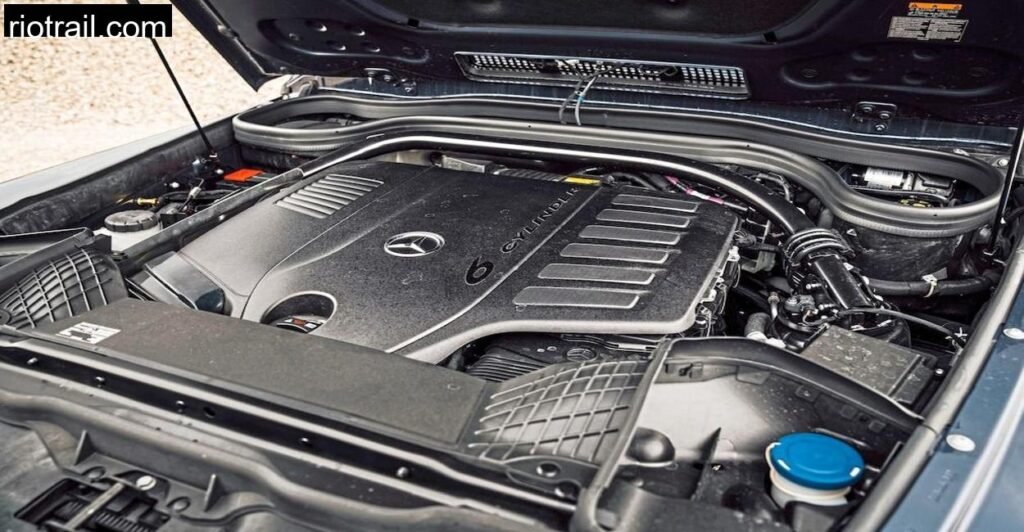
Here’s what you’re dealing with now: a 3.0-liter inline six-cylinder paired with a 48V mild hybrid system and an integrated starter generator. The numbers aren’t bad on paper,449 hp combined, a stout 560 Nm of torque, but the real question was how it would feel.
Before I dive into that, here’s the full rundown of the car I drove:
For accuracy and reliability, all technical info is sourced instantly from the official websites of Mercedes.
| Specification | Mercedes G 500 (W 465) |
| Engine type / cylinders | Inline six-cylinder, turbocharged with mild hybrid |
| Installation position | Front, longitudinal |
| Valves / camshafts | 4 per cylinder / 2 |
| Camshaft drive | Chain |
| Displacement | 2999 cm³ |
| Power (kW / hp) @ rpm | 330 + 15 kW (449 + 20 hp) @ 5800 rpm |
| Torque (Nm) | 560 Nm |
| Top speed | 210 km/h |
| Transmission | 9-speed automatic |
| Drive | All-wheel drive |
| Front/rear brakes | Disc / Disc |
| Tires | 275/50 R 20 Falken Azenis FK 520 |
| Wheel size | 9.5 x 20″ |
| CO2 emissions (combined WLTP) | 256 g/km |
| Fuel consumption (combined WLTP) | 11.2 l/100 km |
| Tank capacity | 100 liters |
| Fuel type | Super Plus |
| Curb weight | 2565 kg |
| Payload | 635 kg |
| Trailer load (braked/unbraked) | 3500 / 750 kg |
| Support load | 140 kg |
| Trunk volume | 640 – 2010 liters |
| Length / Width / Height | 4825 mm / 1984–2187 mm / 1973 mm |
| Wheelbase | 2890 mm |
| Base price | €132,328 |
| Test car price | €151,100 |
First Impressions: Familiar Shape, New Heart
Climbing up into the G 500 is always a ritual. The doors still make that satisfying vault-like thud. The seating position is high, you perch a good 92 cm above the road, feeling like the captain of your own private tank.
I hit the start button. Instead of the old V8’s low growl, the six-cylinder spins to life with a more refined hum. But there’s a twist: Mercedes engineers have tuned the sound deliberately, with a sound design package that lends the six a purposeful rumble. It’s not the same as before, but it doesn’t sound synthetic either. I could live with it.
On the Road: Civilised but Still a Giant
Our route took us first on local roads winding toward Beckum Hill. Despite the new powertrain, this is no lightweight SUV. The G 500 weighs a hefty 2.5 tons. But the 9-speed automatic does a fantastic job of managing that mass. Around town and on flowing roads, the six-cylinder felt eager. The hybrid system helps fill in any low-rpm gaps with a subtle electric boost.
Acceleration is brisk,0–100 km/h in 5.5 seconds is impressive for something with the aerodynamics of a brick. The electromechanical steering is a revelation if you’ve driven older Gs: precise, stable, and well-calibrated. Mercedes hasn’t made it too light; there’s deliberate heft to the wheel that matches the character of the vehicle.
At 130 km/h on the autobahn, the G was composed but could not defy physics. Wind noise began to rise, unsurprising given its shape, but conversation remained easy at legal speeds. Braking is solid, if naturally demanding given the weight, our emergency stops took a respectable 37 meters from 100 km/h.
Into the Wild: Beckum Hill Testing
And then we reached Beckum Hill. This wooded area isn’t the Alps, but it’s an ideal setting to explore the G’s off-road chops. The rain the night before had left the trails slick and challenging.
I switched the G 500 into low-range mode, engaged the center differential lock, and rolled onto the first gravel climb. Even on the somewhat street-biased Falken tires, the G clawed its way up confidently. The suspension’s adaptive dampers handled ruts and washouts gracefully, you feel the vertical movement, of course, but it’s controlled, never jarring.
There was one steep descent where I really appreciated the “transparent hood” camera feature. When all you can see is sky, it’s reassuring to glance at the screen and know exactly where your front wheels are pointed.
Axle Articulation and Locks: The G Way
It’s true that modern G-Wagens sacrifice some raw axle articulation compared to pure off-roaders. The independent front suspension limits articulation to about 220 mm, down from the old 270 mm. But this is where the magic of three locking differentials comes in.
More than once on Beckum Hill’s twisting tracks, one wheel would lift. No drama, lock engaged, power shifted, and we kept moving. There’s a certain old-school charm to watching the terrain data on the screen: tilt angles, compass, altitude, lock status. It’s geeky fun, even if the display can feel more showy than purely functional.
Fuel Economy: A Surprising Upside
Now, about that six-cylinder. Does it save fuel? In short, yes. On our full 155 km test loop, including autobahn, city, and off-road, the G 500 averaged 11.5 l/100 km,about 3% above WLTP figures, but still meaningfully better than the old V8 ever managed. On more relaxed stretches, I even saw numbers starting with an eight.
This matters. The G will never be an eco-hero, it’s tall, heavy, and not very aerodynamic, but the hybridized six does make ownership a bit less guilt-inducing at the pump.
Everyday Comfort and Cabin Impressions
Back on the paved roads of Beckum, I took time to enjoy the G’s cabin. It really is a luxury vehicle first these days. The front seats are superb, though if you’re tall, you may wish for more fore-aft travel. Burmester surround sound, plush leather, and even a cherrywood cargo floor remind you just how far this car has come from its military roots.
Ride quality is firm but not punishing. On cobbled streets in Beckum’s old town, the G felt composed, the ladder frame absorbing impacts with stoic confidence. You always sense its weight, though, body roll is present in corners, and the big turning circle demands some planning in tight spots.
Conclusion: Still a Real G?
So, the big question: is this six-cylinder G 500 still a “real” G? After a full day living with it on and off the road, my answer is yes, mostly.
The inline six doesn’t have the mythical soundtrack of the old V8, but it delivers strong, smooth power. The added fuel efficiency is welcome. The off-road hardware, locks, low range, body-on-frame toughness, remains deeply capable.
It is not cheap, of course. At €151,100 as tested, this is an indulgence. And it won’t match a Wrangler Rubicon for raw rock-crawling articulation. But as a luxurious, versatile all-rounder with genuine go-anywhere credentials, the G 500 remains a singular choice.
If anything, testing it on Beckum Hill convinced me that the G’s essence isn’t about cylinder count, it’s about capability, character, and that enduring feeling of driving something built to last.
Is the six-cylinder engine of Mercedes G 500 enough?
Absolutely. It delivers strong torque, smooth acceleration, and better fuel economy than the old V8, while still sounding characterful.
How comfortable is Mercedes G 500 on the road?
Very comfortable for such a rugged SUV. The ride is firm but controlled, and the cabin is richly appointed with top-tier materials and tech.
What are the downsides of Mercedes G 500?
High price, large turning circle, and still relatively poor fuel economy compared to lighter SUVs.

